
Christopher Slye works with type. Since 1994, he has designed typefaces, produced font software, developed web standards, and practiced the business and licensing of type in all media — while working with designers, developers, companies, agencies, and users of type and type technology around the world.
Christopher’s career in type began with an original typeface, Elmhurst, while working as a consultant for type development and typographic design.
Christopher joined the Adobe type team in 1997, where he remained for over 22 years, designing and producing type, ultimately managing type licensing and business for the entire company.
Along the way, he extended Elmhurst for Rolling Stone, helped run TypeCon, contributed to CSS web fonts and the WOFF font format, and joined the Letterform Archive’s board of directors. From 2021 to 2023, he was president of Type Network.
Professional timeline
- 2021–2023: President, Type Network
- 1997–2020: Adobe Inc.
- 2015–2020: Business Manager, Adobe Type. Business operations and development, partnerships, licensing, royalties, and sales for Type and the Adobe Type service. Domain expert for font software licensing policies and compliance for all of Adobe’s products and services.
- 2013–2015: Type Licensing Manager. Led type licensing policies and compliance for Adobe Typekit and all Adobe products and services.
- 2010–2013: Technical Product Manager, Type. Led technology initiatives and standards activity for Adobe Type.
- 2004–2010: Team Lead, Typographic Staff. Led type production activity for Adobe’s type production team.
- 1997–2004: Member, Typographic Staff. Member of team designing, developing, maintaining and expanding the Adobe Type Library and other Adobe font software.
- 1989–1997: Center for Science and Engineering Education, Lawrence Berkeley Laboratory. Helped coordinate science education programs for visiting students. Designed and produced collateral and materials for CSEE and the Nuclear Science Division. Liaison with U.S. Department of Energy and local educators.
Writing & interviews
- OpenType Features Come to the Web. The Typekit Blog, September 2010.
- Welcome, Typekit! The Typekit Blog, October 2011.
- Type is indispensable: An interview with Christopher Slye from the Adobe Type Team. Mandy Brown, the Typekit Blog, October 2011.
- The return of resolution. The Typekit Blog, August 2012.
- The Adobe Originals Silver Anniversary Story. Tamye Riggs, 2015. A series of articles written for the Adobe Typekit blog, and later compiled into a single book.
- Untangling Font Licensing. Allan Haley, SEGD, June 2018
- “A Personal View of California Type design”. An introduction to the California Book Club’s California Type Designers, 2020.
- The Influence of Adobe Originals. Type Network, July 2022.
- How To Do More With Adobe Originals. Type Network, August 2022.
- The End of Type 1. Type Network, February 2023.
Presentations
- October 2004: Adobe Type: A Marriage of Design & Technology. Society for News Design, San Jose.
- February 2005: The Charms & Challenges of OpenType Feature Authoring. TypoTechnica, London.
- September 2006: The Opentype Layout Features File: Structure and Editing. ATypI Lisbon.
- July 2008: Spring Cleaning: The Adobe Type Library Revision. TypeCon, Buffalo, New York.
- October 2008: Good Type Never Goes Out of Style. San Jose State University.
- March 2009: Adobe Originals: Twenty Years of Type & Technology. Cal Poly, San Luis Obispo.
- September 2011: CFF on the Web – A Case for Equal Citizenship. ATypI, Reykjavík, Iceland.
- November 2011: Web Typography – Exploring Rich Typographic Layout on the Web. W3Conf, Redmond, Washington.
- October 2014: Why Good Typography Is Important For Good Design. Adobe MAX, Los Angeles.
- August 2015: SOTA Typography Award – Robert Slimbach. TypeCon Denver.
- June 2016:
Type Licensing Is SimpleType Licensing Is Hard. Typographics, New York City. - September 2016: Find, Get & Use – Connecting Creative Cloud Users with Type and Foundries. ATypI, Warsaw, Poland.
- October 2016: Whose Font Is It, Anyway? Exploring the Business & Licensing of Type. Type@Cooper West, San Francisco Public Library.
- March 2017: Guilt-Free Fonts: Making, licensing, Using (and Stealing) Type. Hoffmitz Milken Center for Typography, ArtCenter College of Design, Pasadena.
- January 2020 & September 2022: A Crash Course in Type Selection (with Stephen Coles). Letterform Archive, San Francisco.
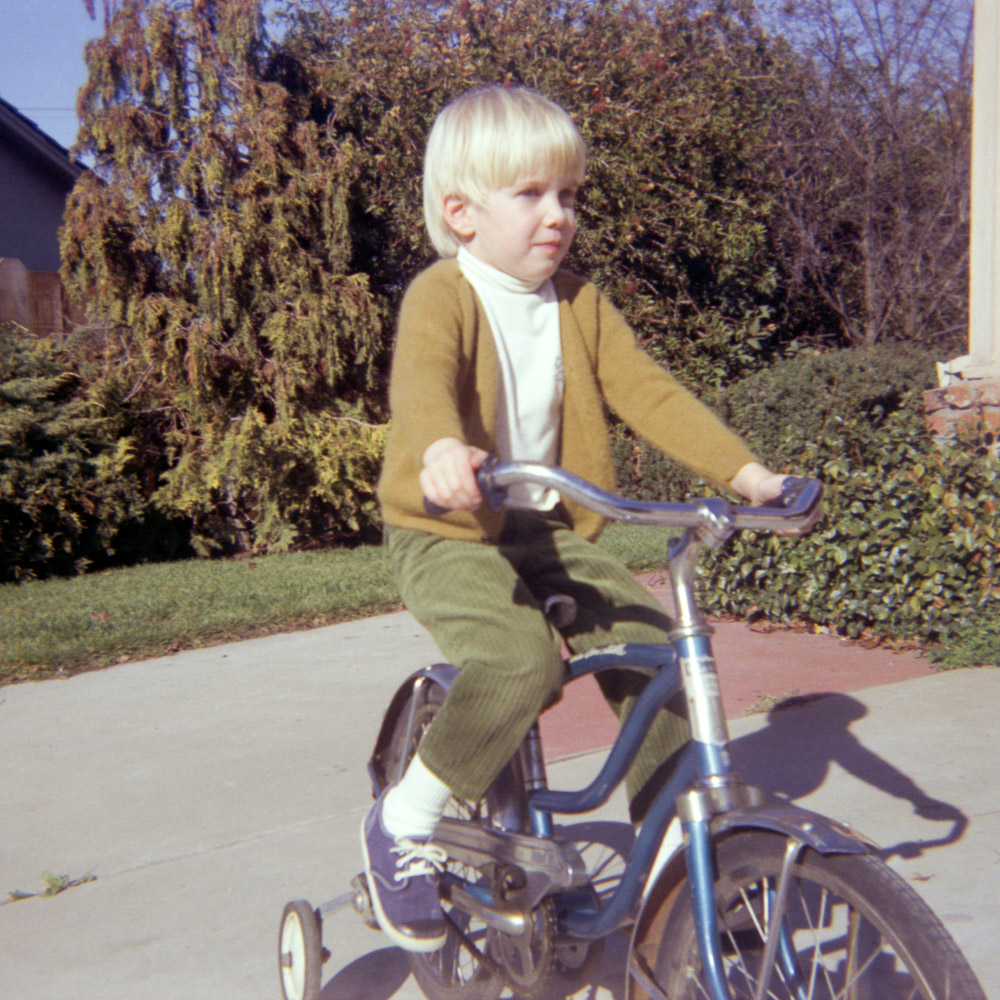
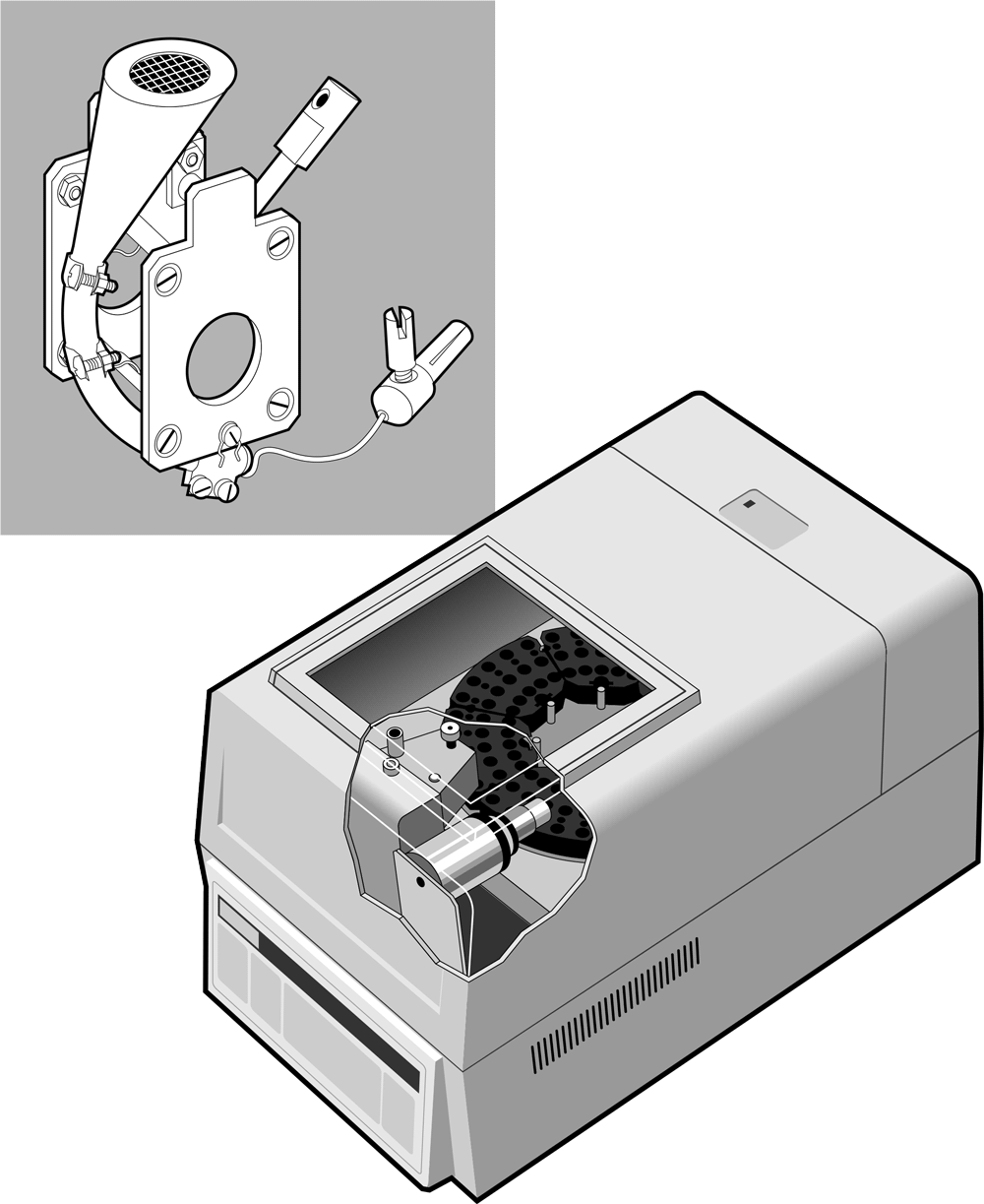

Christopher grew up in Los Altos, California, in the heart of the nascent Silicon Valley (and about a mile from the childhood home of Steve Jobs). By the time he graduated from Mountain View High School, he had seen Apple, Adobe Systems, and other local technology companies form around him. After studying Art History at the University of California, Santa Cruz, he lived in Cupertino and Oakland, practiced graphic design, and considered a career as a cartoonist. He took temporary office jobs (at Hewlett-Packard, Sun Microsystems, Intuit, and Stanford University, among others), and occasional graphic design work.
His temp work led to permanent employment for many years at Lawrence Berkeley National Laboratory, in its Center for Science and Engineering Education. Beginning with general office work, he became the team’s resident designer, and acquired a love for type and typography while producing collateral for the Lab’s education programs. He also took on design assignments working personally with the Lab’s Nobel Prize–winning scientists George Smoot and Glenn T. Seaborg.
Christopher made his earliest connections to the type community via CompuServe, the pre-web, Internet-based information service. As the World Wide Web materialized, Christopher found work — like so many designers at the time — as a “web designer.” Designing web pages in the mid-’90s involved modest design expectations, limited color palettes, low bandwidth, and a fair amount of technical hackery. Christopher created the first websites (long since replaced) for two prominent Napa Valley wineries.
A career in type
The annual conference of the Association Typographique Internationale (ATypI) came to San Francisco in 1994. There, Christopher met dozens of type designers and industry professionals — including local designer Mark van Bronkhorst, who subsequently offered him type-related contract work assisting with the production of X-height magazine, a marketing publication for type distributor Fonthaus. Christopher also found work in Monotype’s satellite office in Palo Alto, where he learned the exacting process of manually hinting TrueType fonts.
At the same time, beginning in 1994, Christopher worked on an original typeface family, Elmhurst. An ostensible text typeface with an italic companion, it was eventually accepted by David Berlow for distribution through the Font Bureau, and released in 1997.
Adobe Type
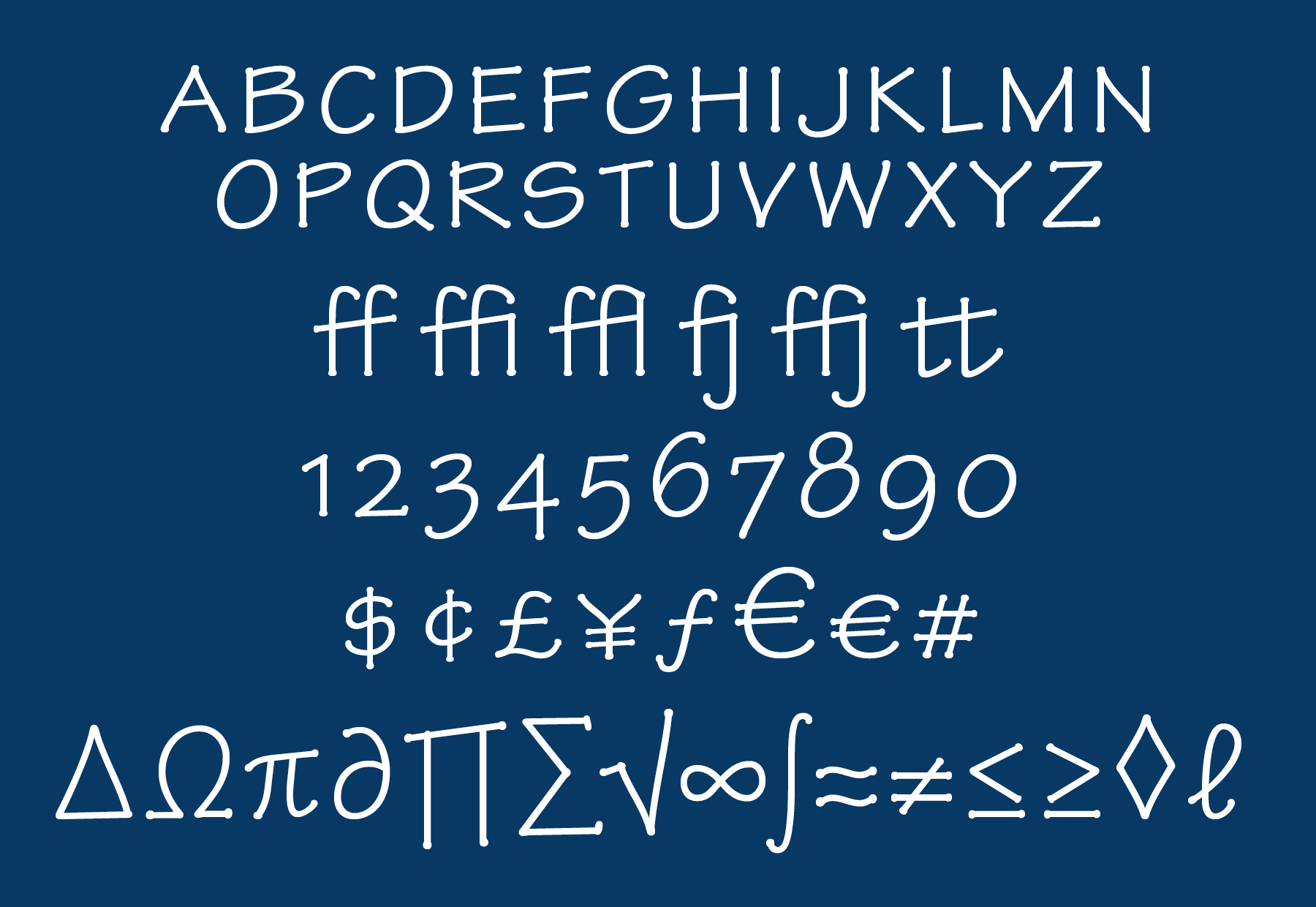

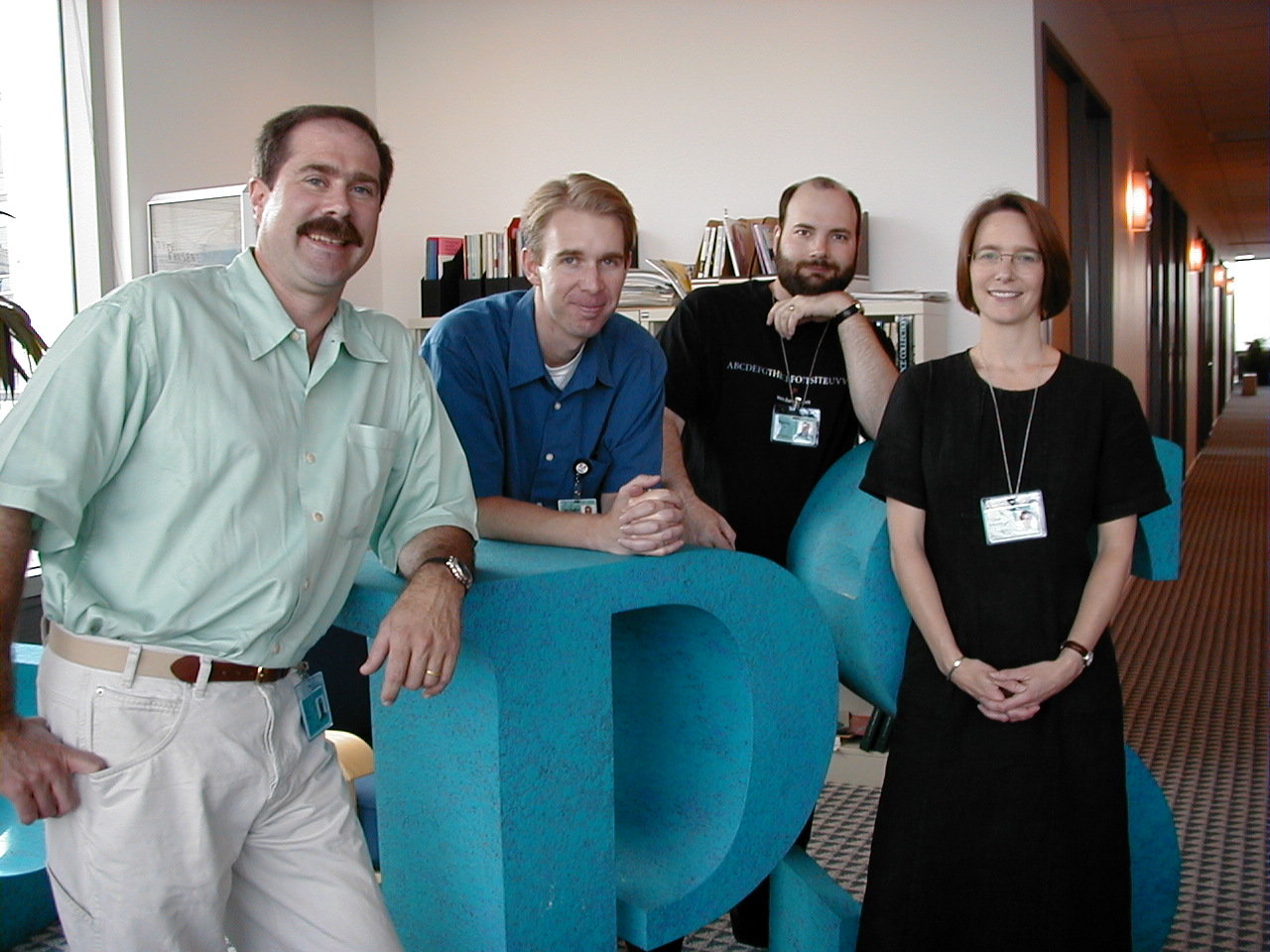
Christopher’s type design and development work led to a job with Adobe’s Type team in San Jose in 1997, filling a position to assist with the team’s development of fonts in the new OpenType font format. The next several years were spent defining Adobe’s new production and testing workflows for OpenType, helping finesse a final implementation of the format, and producing functional fonts. During this time he also designed extensions for Tekton and Myriad under the guidance of Robert Slimbach, Carol Twombly, and the rest of the Adobe Originals team. Developing intricate instructions for OpenType substitution and layout features for typefaces like Caflisch Script was also part of his work.
Christopher continued to provide production support to Slimbach for his new original designs and revivals, notably Warnock (2000), Brioso (2002), and Garamond Premier (2005). The latter involved editing and production of a 46-page printed specimen book, and other marketing collateral. Through public speaking engagements, he evangelized the OpenType format and its typographic features used in Adobe InDesign and other desktop publishing applications. In 2007, Christopher completed a library-wide revision of 2,287 OpenType fonts, to apply fixes and updates for Version 11 of Adobe’s Font Folio product.
Fonts on the web
In 2008, a crucial and long-simmering shift in the type business emerged — fonts on the web — and led Christopher to become Adobe’s internal authority on web fonts and the developing CSS Fonts Module Level 3. As the type industry worked to adapt to these changes, and as Adobe shifted from its proprietary web technologies to open web standards, Christopher initiated an Adobe partnership with Typekit, a pioneering web font service, in 2009. He also contributed to the specification of WOFF (the Web Open Font Format) as part of the W3C’s WebFonts Working Group, beginning in 2010. Christopher’s web fonts work culminated in Adobe’s acquisition of Typekit, coinciding with the debut of the Adobe Creative Cloud subscription service in October of 2011.
Following the acquisition, Christopher joined the Typekit team and concentrated on licensing and other type-related business matters as new workflows and licensing models evolved — particularly the revolutionary “Typekit Desktop” feature which shipped in 2014. Christopher was promoted to Type Business Manager in 2015, after which he led a team managing licensing, sales, royalties, and partner relationships for type throughout all of Adobe’s applications, products, and services. He left Adobe in March, 2020, after 22½ years.
Other type work
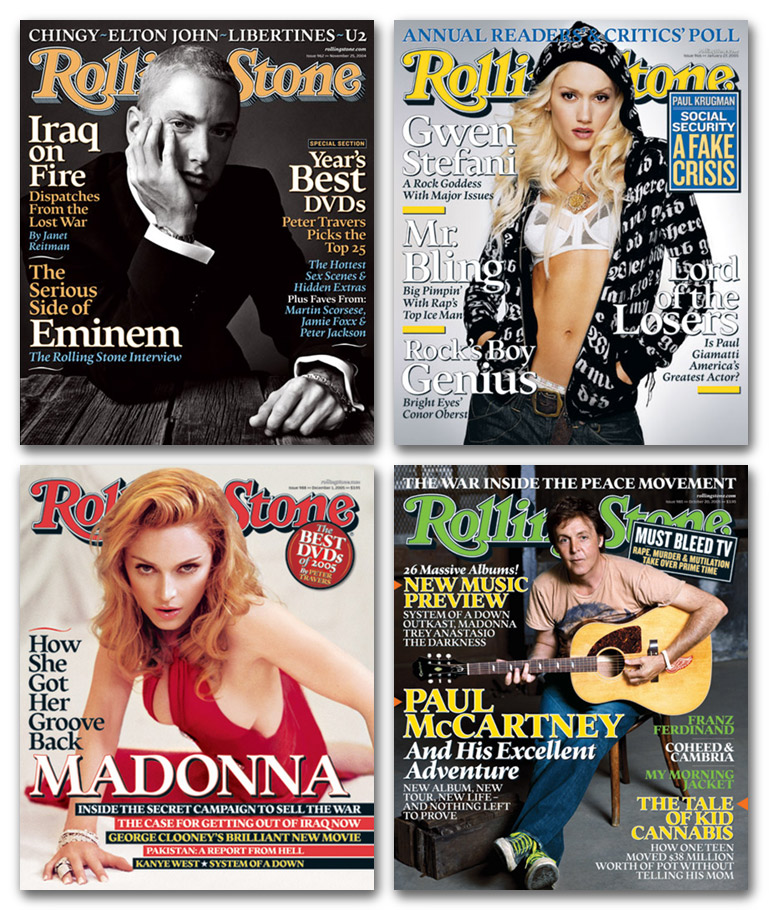
In 2004, at the request of Rolling Stone magazine, Christopher also extended his Elmhurst typeface family by developing additional italic weights. Rolling Stone used Elmhurst as one of its primary display typefaces from 2004 to 2006 (with occasional appearances through at least 2010).
From 2008 through 2015, Christopher was a board member of the Society of Typographic Aficionados (SOTA) — host of the annual TypeCon conference — and board chairman from 2013. He remains an ex officio board member.
Christopher has been a member of the Letterform Archive’s board of directors since 2019. In 2018, 2023, and 2024, he was a contributing instructor for the Archive’s Type West program.
Christopher has talked about type at conferences and gatherings around the world — for TypeCon, ATypI, Typographics, Adobe MAX, the Society for News Design, and elsewhere.
Type Network
In 2021, Roger Black asked Christopher to lead type distributor Type Network as its president. With so much of Type Network’s team, partners, and origin rooted in the Font Bureau, it was a chance to renew his longstanding relationships with veteran designers including Black, David Berlow, Matthew Carter, Petr van Blokland, Richard Lipton, Tobias Frere-Jones, David Jonathan Ross, Dyana Weissman, and others. In two years, Christopher oversaw improvements in TN’s web infrastructure, a strengthening and expansion of partnerships, and a renewed focus on product quality and content development.
